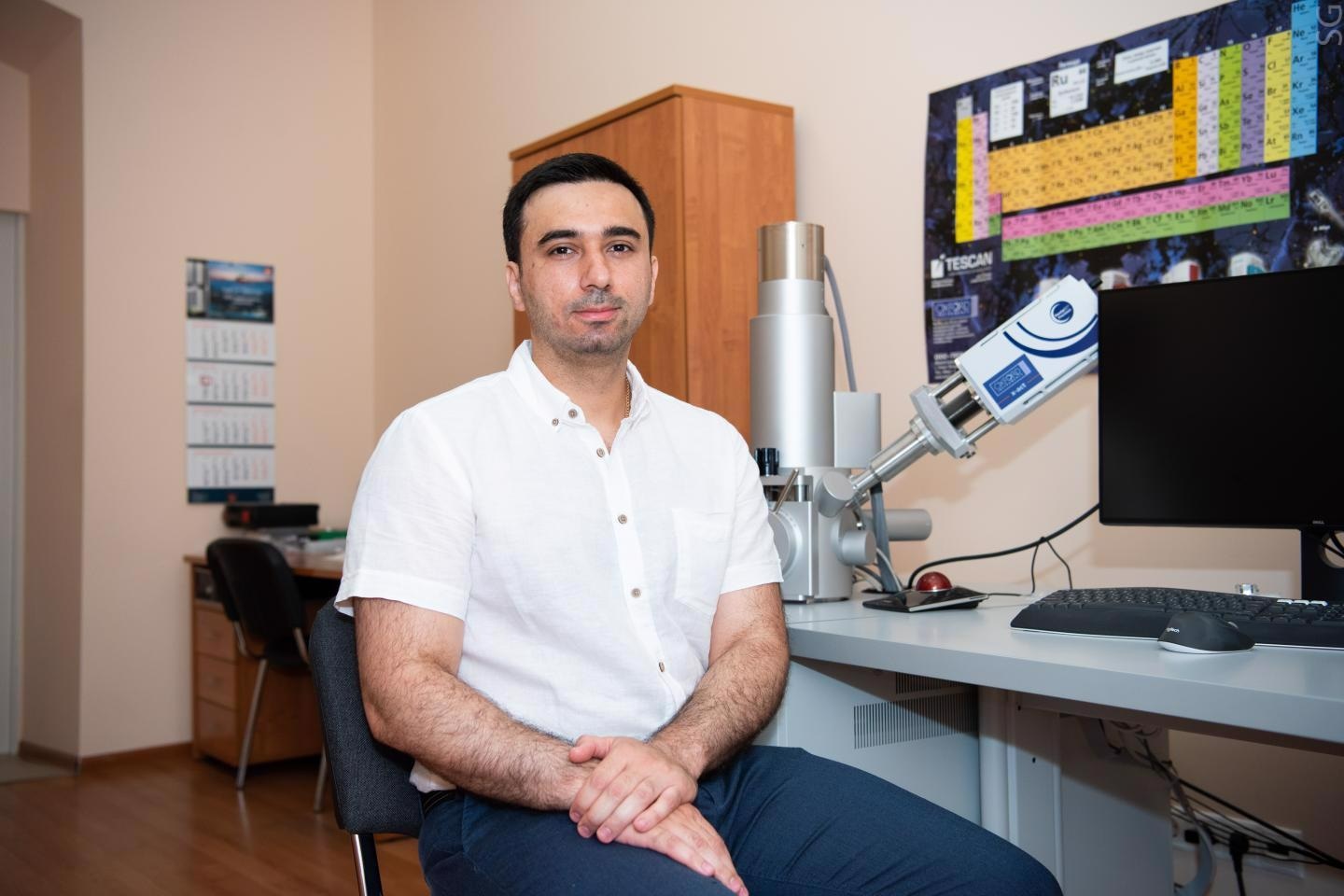Jun 28 2021
A new technology has been developed by researchers from the National University of Science and Technology “MISIS” (NUST MISIS) for creating a special heat-resistant aluminum alloy with enhanced durability.
 Torgom Akopyan, senior researcher at NUST MISIS Department of Metal Forming. Image Credit: Sergey Gnuskov, NUST MISIS.
Torgom Akopyan, senior researcher at NUST MISIS Department of Metal Forming. Image Credit: Sergey Gnuskov, NUST MISIS.
This was achieved in partnership with their collaborators from the Siberian Federal University and the Research and Production Centre of Magnetic Hydrodynamics (Krasnoyarsk).
The scientists consider that this new alloy could be used as a substitute for more costly and hefty copper conductors that are currently employed in aircraft and high-speed rail transport. The findings of the study were published in an interdisciplinary, peer-reviewed journal, the Materials Letters.
The team devised a novel technique for generating a special heat-resistant, high-strength wire. The wire has been made from an aluminum alloy, which is first cast as a long billet, measuring around 10 mm in diameter, in an electromagnetic crystallizer.
The researchers have been successful in achieving a thermally stable structure (up to and inclusive of 4000 °C), which is significantly superior to other known aluminum alloys with thermal stability, holding their properties up to 250–3000 °C.
Before, alloys with such a structure were attempted to be produced using complicated and expensive technology involving ultrafast melt crystallization, pellet production and subsequent methods of powder metallurgy.
Nikolay Belov, Chief Scientist and Professor of Materials Science and Light Alloys, National University of Science and Technology MISIS
The scientists have carried out direct deformation of a long billet — through rolling and drawing — without making use of the conventional operations of homogenization and hardening for aluminum alloys.
The main feature of their new technology lies in the casting and tempering regimes, which generate a structure of thermally stable nanoparticles comprising of zirconium (Zr), manganese (Mn) and copper (Cu).
We have been able to produce a high-strength heat-resistant wire from this alloy. We are now determining its physical and mechanical properties, and the first results are already very impressive. We are planning to patent the method of producing this type of wire.
Torgom Akopyan, Senior Researcher, Department of Metal Forming, National University of Science and Technology MISIS
In aircraft and high-speed rail transport, high-strength and heat-resistant conductivity conductors could find good use rather than the considerably costly and bulkier copper ones. The researchers consider that the inexpensive and exclusive technology could grab the attention of producers of wrought aluminum alloy semi-finished products.
The study’s main outcomes were financially supported by the Russian Science Foundation (RSF) Grant No. 20-19-00249.
Journal Reference:
Belov, N. A., et al. (2021) Effect of cold rolling and annealing temperature on structure, hardness and electrical conductivity of rapidly solidified alloy of Al-Cu-Mn-Zr system. Materials Letters. doi.org/10.1016/j.matlet.2021.130199.